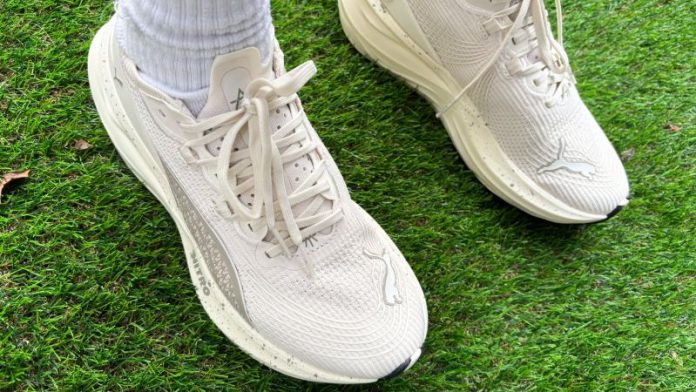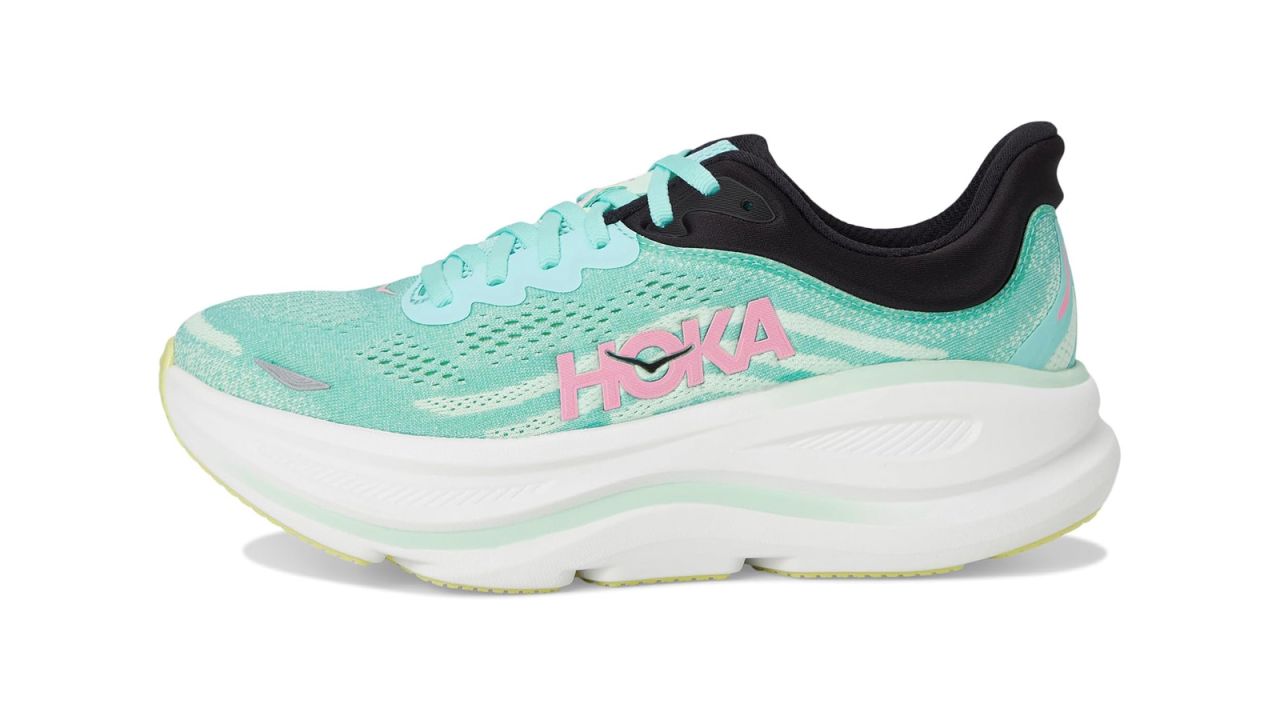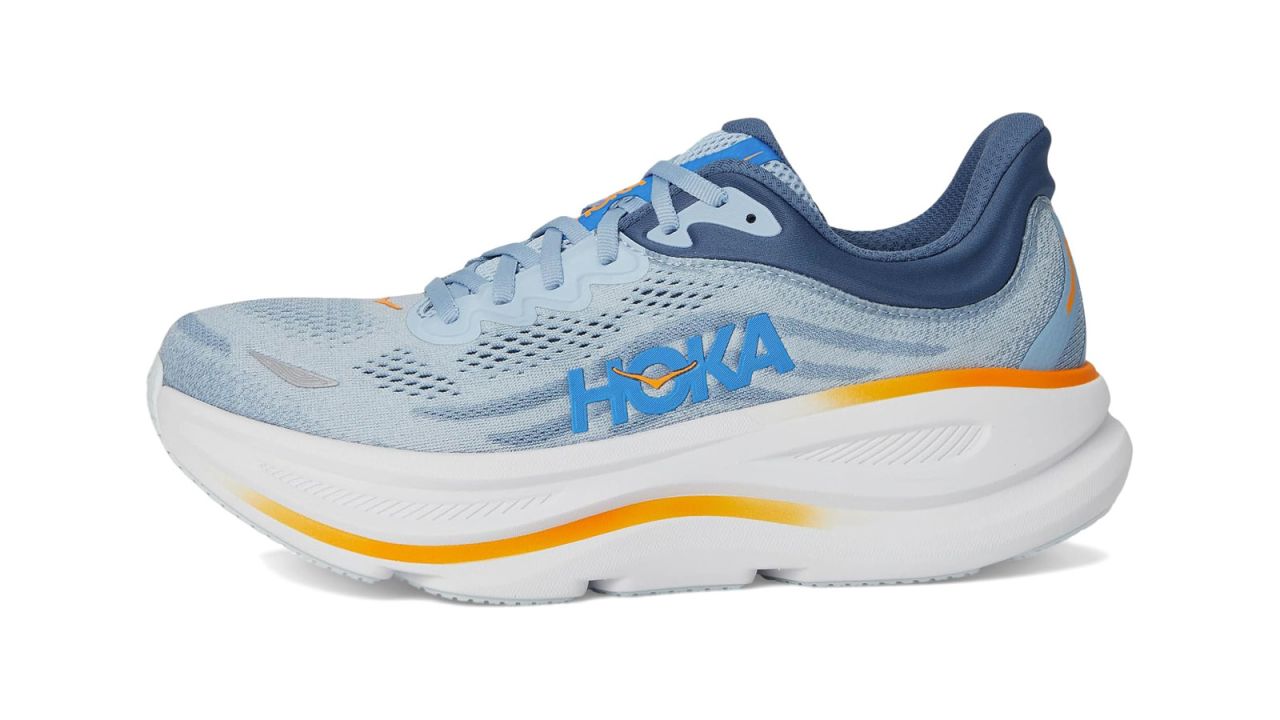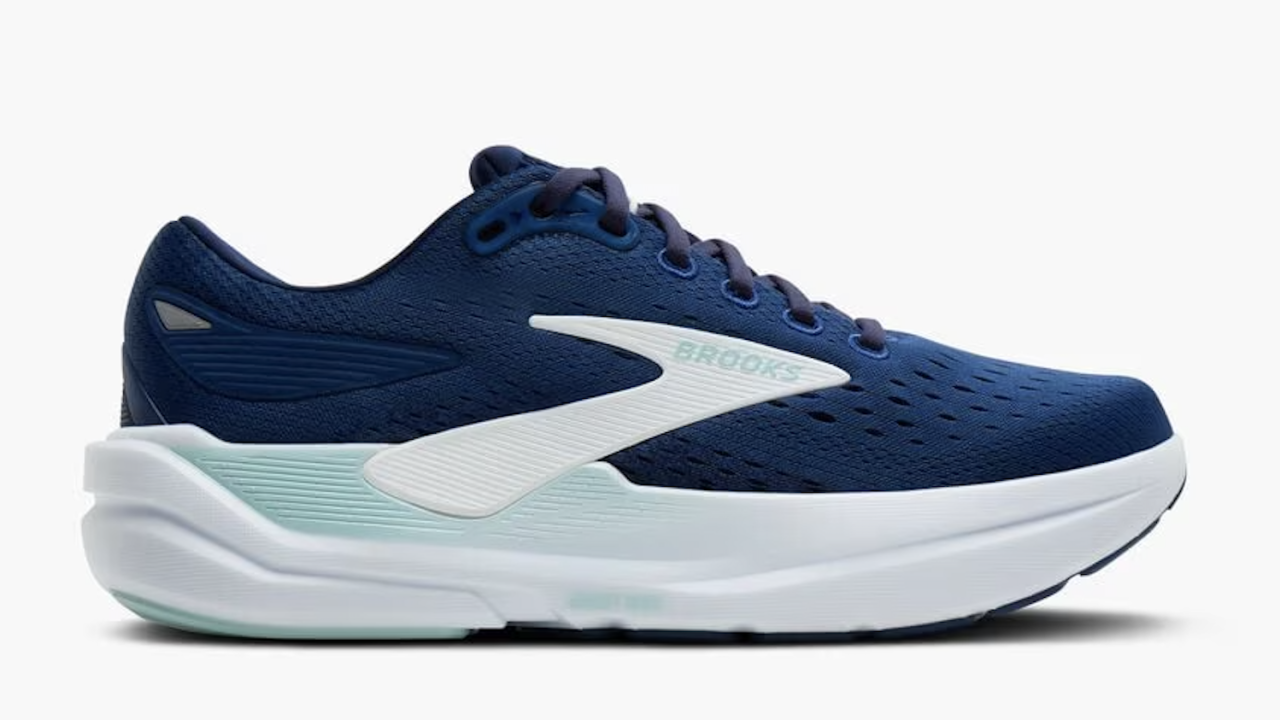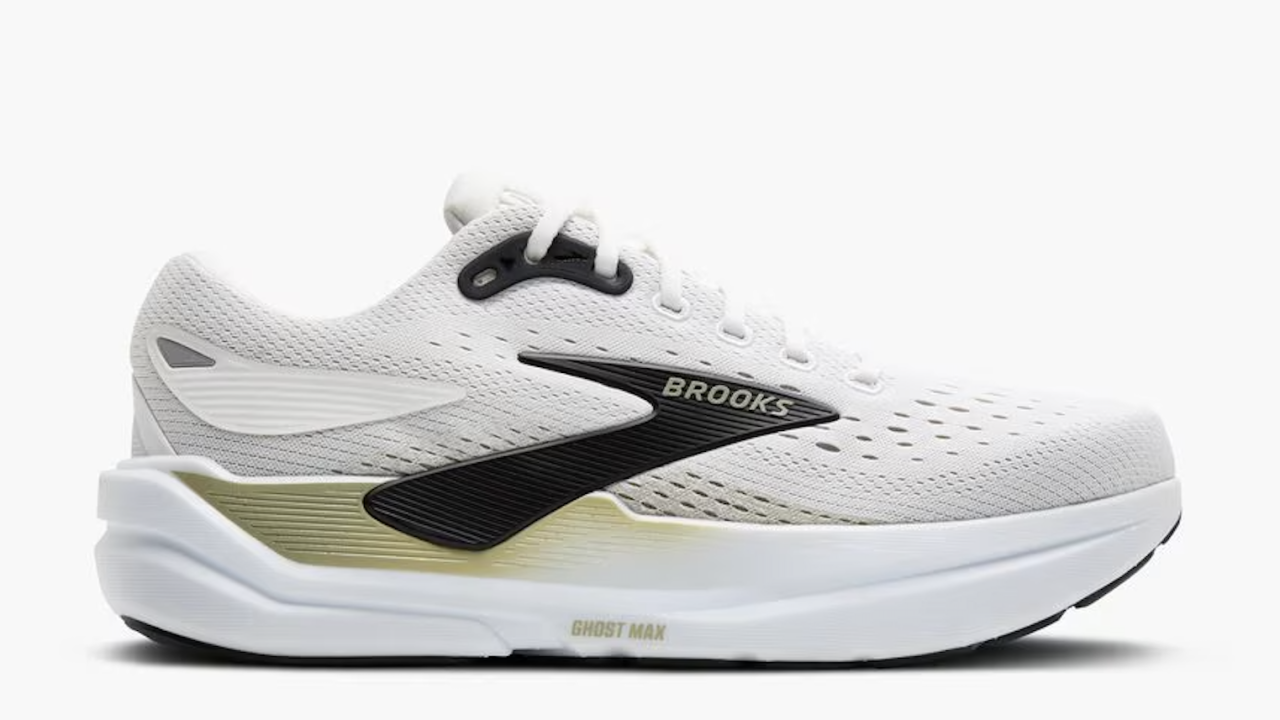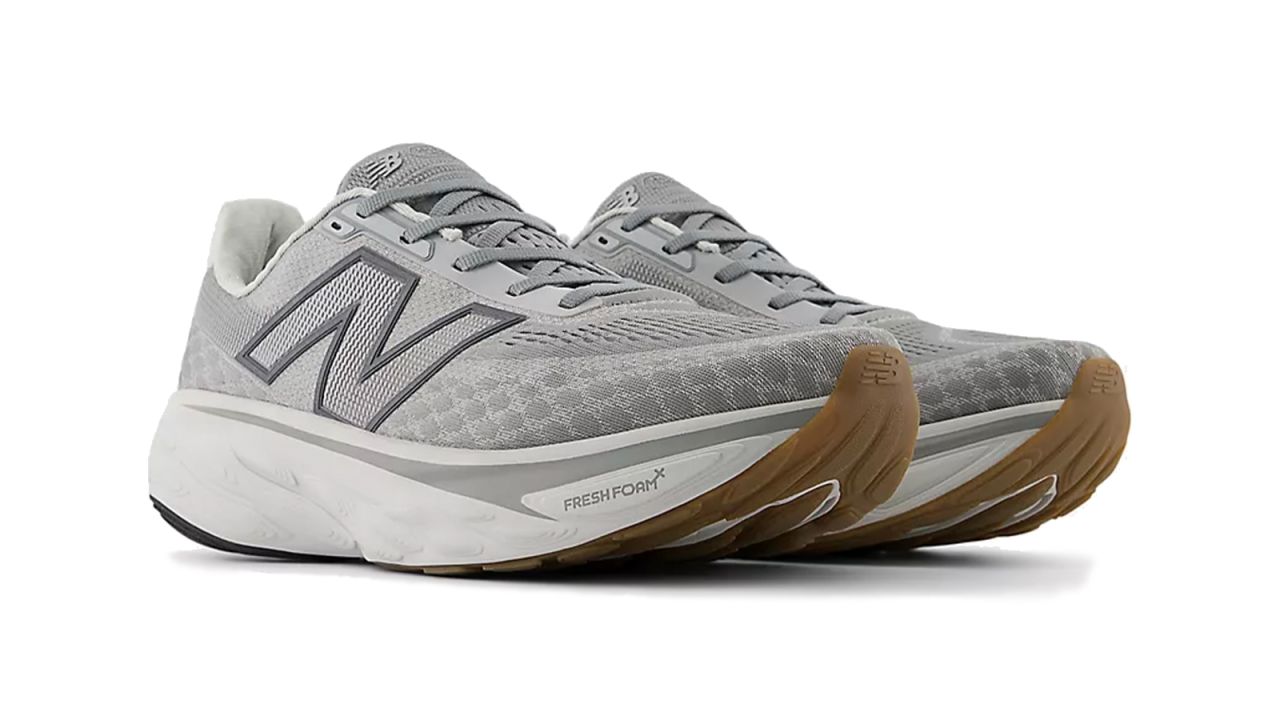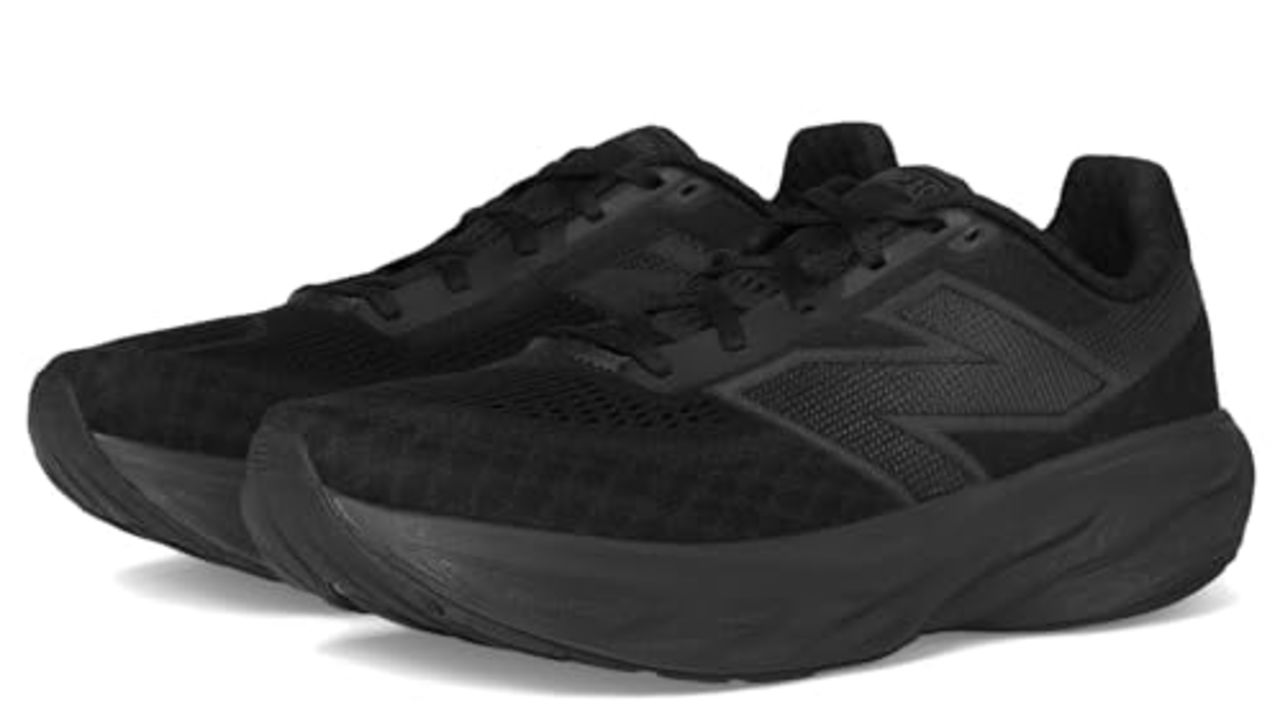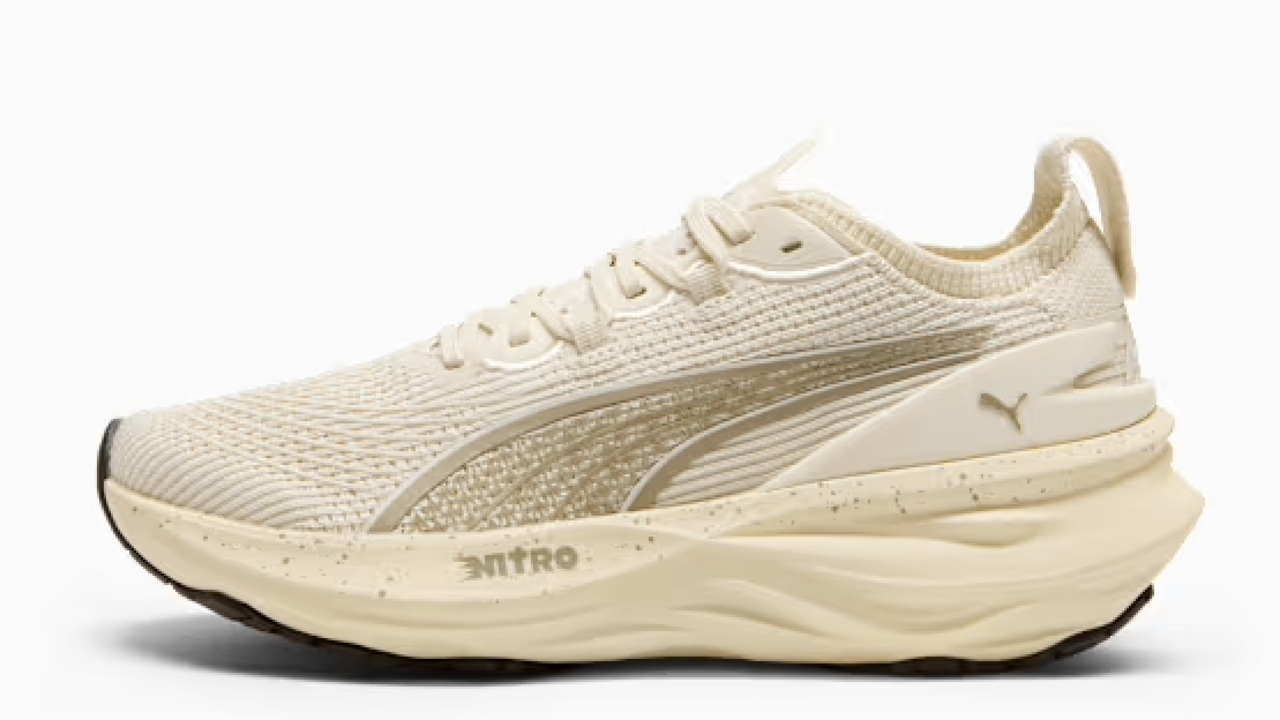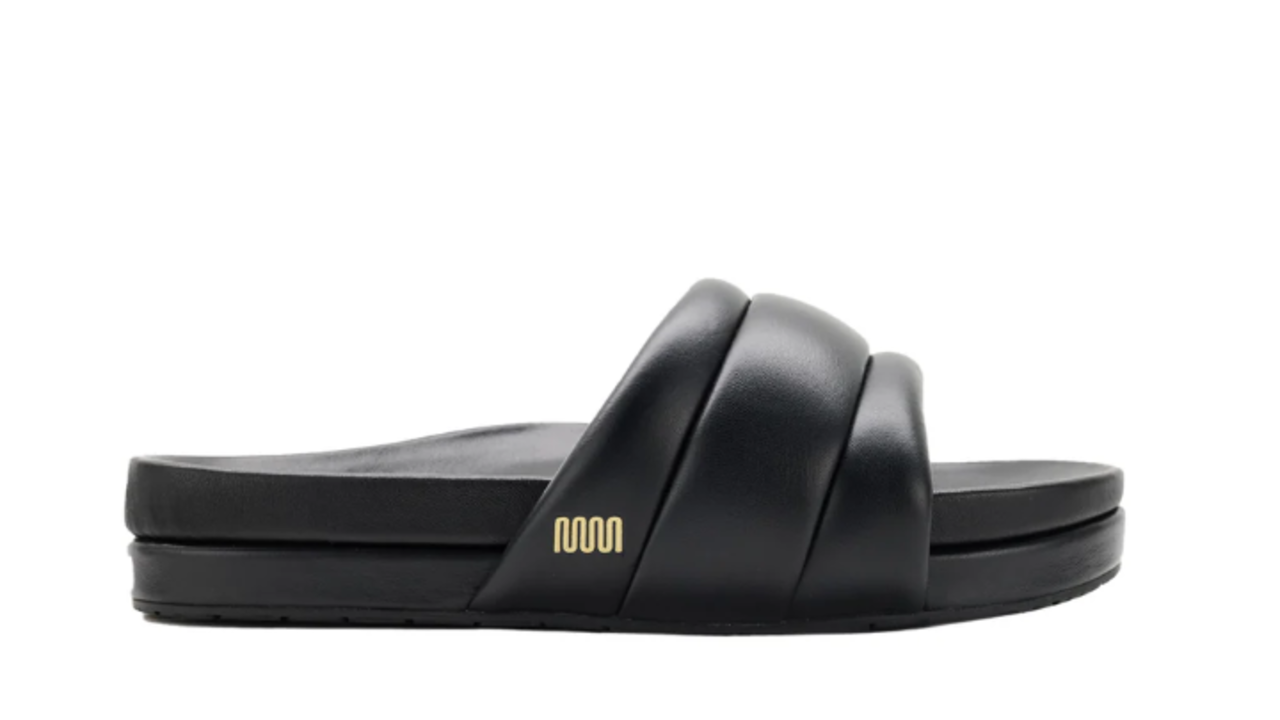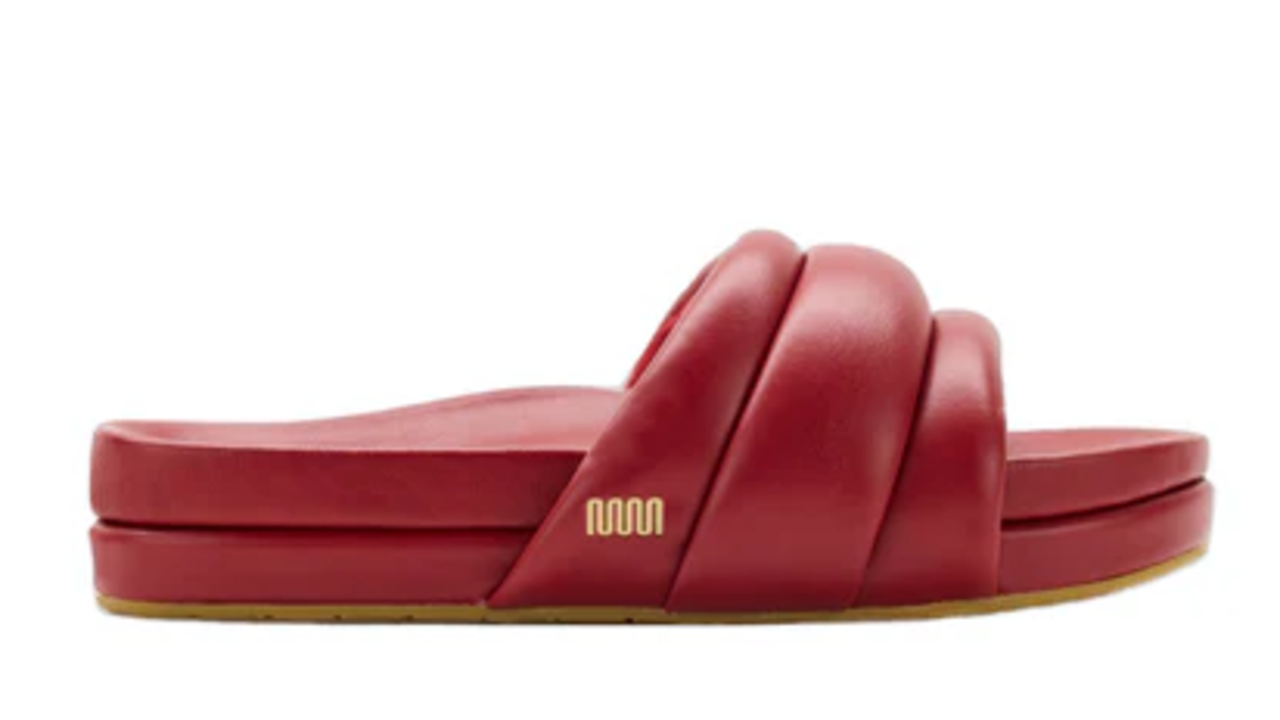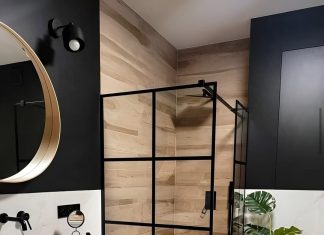It goes without saying that running hundreds of miles can be tough on your joints, especially if, like me, you have arthritis. In truth, even the best running shoes might not give you all the support needed to prevent flare-ups. However, after four years of consistently running 1,000-plus miles (and getting my running coach certification), I’m confident I’ve found the best shoes for arthritis — sneakers and beyond.
In addition to my own experience as CNN Underscored’s health and fitness editor, I talked to podiatrists and orthopedic surgeons who offered advice on what people should look for in shoes to help prevent joint pain in the hips and knees. They also shared the shoe recommendations they give their own patients. “Several brands stand out,” Dr. Bobby Pourziaee, a board-certified podiatrist and foot and ankle surgeon, said. “Hoka is excellent for runners who need cushioning; New Balance often provides good stability and wide-width options.”
Whether you’re looking for a pair of marathon training shoes or slip-ons to wear while running errands, your best bet is to find stability sneakers that offer the right amount of cushioning for your needs. “Cushioning helps absorb shock and reduce impact on the joints, which is beneficial for arthritis and general joint discomfort,” Pourziaee said. “That said, cushioning alone is not enough. It needs to be paired with stability and arch support to properly protect the hips and knees.”
Best standing shoes for arthritis
Hoka’s latest pair of Bondi shoes have a larger stack height, reconfigured collars and the brand’s signature MetaRocker, a proprietary curved midsole designed to help your feet stay in motion even when your body’s fatigued. Our testing team agrees these are the best shoes for standing all day—and are even among the best shoes for plantar fasciitis. So, if your job requires lots of time on your feet or if you experience additional pain due to plantar fasciitis, these are for you. If that weren’t enough recognition, they’ve also received the Seal of Acceptance from the American Podiatric Medical Association (APMA), which is awarded to therapeutic products that promote quality foot health.
Though these Hoka shoes have lots of cushioning, they’re not too soft in my experience. As Pourziaee said, a pair of shoes with cushioning isn’t enough for folks with joint pain. In addition to a 43- and 42-millimeter stack height (men’s and women’s, respectively), these shoes have noticeable arch support and heel collars that lock feet into place. As someone who overpronates, these shoes keep my stride secure and in the best position possible, whether I’m walking or running.
These shoes provide sturdy cushioning that’s not overly soft. Wearing these, I can feel the ground under my feet, and I feel much more balanced than when I wear thicker options. I turn to these sneakers whenever I experience particularly bad arthritis flare-ups, as they keep me moving and prevent me from feeling any additional pain. I also like that they come in blue and yellow, adding pops of color to my outfits.
These Brooks stability shoes are constructed to be part orthopedic shoes, part walking shoes. They have a moderate 6-millimeter toe drop that ensures your toes can splay out comfortably, and they come in wide sizing options for those who need even more room in the toe box. Designs like this are beneficial for people with arthritis because they prevent pronating or supination, which can cause further joint pressure. “Heel stability is critical to avoid the gliding back-and-forth of the heel,” orthopedic surgeon Dr. Jason Snibbe said.
Many stability shoes lack rockers, the rounded bottoms of shoes that help propel feet forward. I usually don’t mind this, but when I’m running, I prefer to have some extra help building up my momentum. The smooth rocker profile in this New Balance pair is minimal, but I can feel the difference in my stride — not so large I feel as if I’m wearing clown shoes but prominent enough to make me feel faster and more capable. These running shoes have also received the APMA Seal of Acceptance.
Pourziaee is also a fan of New Balance shoes for people with joint pain, as the brand “often provides good stability and wide-width options,” he said. For me, the extra-soft cushioning helps the most when on brisk runs or walks. The padding also takes some of the load off of my joints, especially since I run almost exclusively on pavement. I’ve worn these while recovering from injuries, such as meniscus and labrum tears, and they’ve helped aid my stride without forfeiting balance or stability.
The best shoes for arthritis absorb impacts that can otherwise wreak havoc on your muscles, joints and tendons, and that’s exactly what these On shoes were designed to do. Their double layer of the brand’s proprietary CloudTec Phase cushioning somehow transforms abrupt steps on pavement into light touches on soft ground.
I never expect a lot from shoe collabs, but this one wowed me. If you’re familiar with Peloton coach Alex Toussaint, you know how motivating he can be. I find these shoes to be equally as compelling, especially while recovering from arthritis flare-ups. They provide the cushion — and confidence — I need to get back out on the pavement.
What I like best about these Puma shoes is the heel clip, which is like a seat belt for your feet that keeps them in place in the face of tricky obstacles like potholes or sneaky curved edges. Any shoes that help your feet maintain alignment are a good pair to have in your arsenal, arthritis or not.
Pourziaee said these slides from Commbi are one of his favorite recommendations. “[Commbi’s] slides and mules deliver true orthotic-grade support but in an elevated, versatile design,” he said. When it comes to arch support, which people with arthritis should always look for when buying shoes, these slides are unmatched. Their transverse support aligns your feet while also offloading pressure on your forefeet.
Made with double-memory-foam terrycloth footbeds and upper straps, these recovery sandals are luxuriously cozy. Plus, if you have bunions, you’re in luck: The extra-large and open toe boxes allow toes to move naturally and rest without any pressure, helping with balance and alignment. This avoids adding stress to already achy joints.
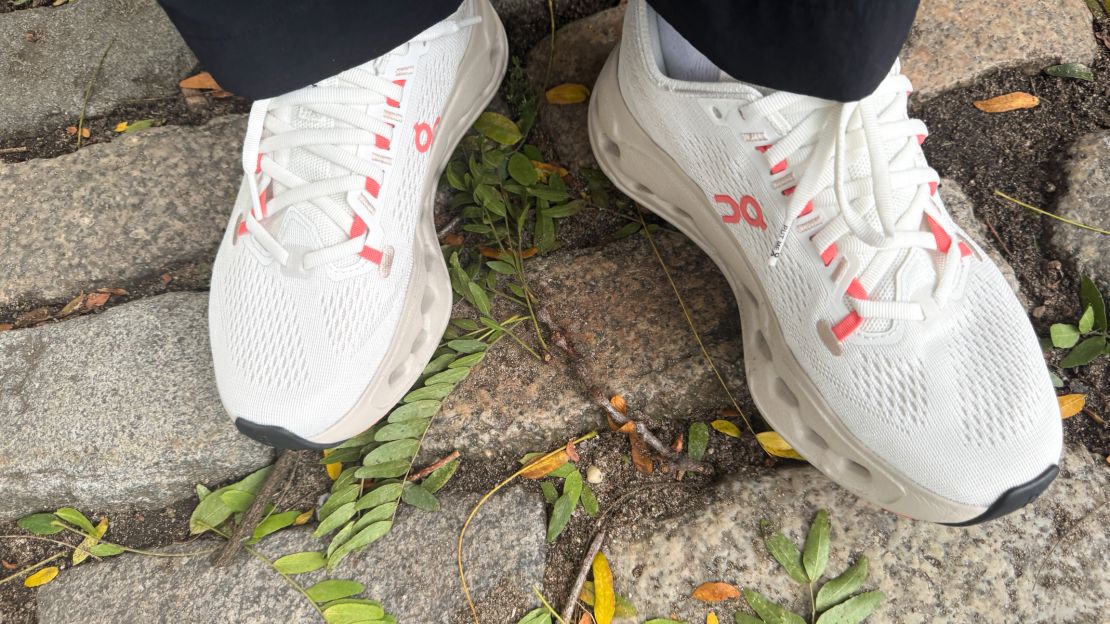
Folks with joint pain can benefit from wearing cushioned walking and running shoes, as the material can help alleviate the pressure put on joints, especially when moving on concrete. While cushioning is great, too much “can put increased stress on the hips,” said Snibbe. “There is also some instability related to the thick cushioning, which can fatigue the muscles around the hip and core.” A good way to ensure you’ve found the right level of cushion for your needs? Always try shoes on in person.
If you experience joint pain during movement, ensuring your feet are properly positioned throughout your run or walk is crucial. Shoes with extra support, or stability shoes, are designed with this goal in mind. The added support essentially locks feet into better form to minimize pronation and supination.
Investing in shoes or insoles with arch support that cater to your unique foot shape is also key. The additional support can help distribute your weight evenly with each step you take, which can prevent any twinges or tweaks that might otherwise occur.
It’s also important to consult with a doctor or podiatrist to determine what shoes are best for your unique needs.
The following questions have been answered by Dr. Bobby Pourziaee, a board-certified podiatrist and foot and ankle surgeon, Dr. Jason Snibbe, an orthopedic surgeon and sports medicine specialist, and Dr. Megan Paulus, chief of foot and ankle surgery at Stony Brook Medicine.
The best Hoka shoes for arthritis are, of course, dependent on each individual’s personal preferences and needs. However, our team at CNN Underscored believes (after months of testing all of the brand’s currently available styles) the Hoka Bondi 9 are a solid choice for people with arthritis who do a lot of standing throughout the day. Their bolstered-up stack height, premium foam and flexible knit uppers are all standout features that can benefit those with joint issues. What’s more, these shoes have also received the APMA Seal of Acceptance.
The best running shoes for arthritis are ones that provide enough (but not too much) cushioning to help support your joints and minimize impact. Look for shoes with heel stability, arch support and midsole cushioning. As a runner and running coach with arthritis myself, I highly recommend the New Balance 1080v14 for those who need structure but still want a classic running shoe rocker to propel them forward.
Those who have osteoarthritis and those who have rheumatoid arthritis experience similar symptoms, including joint pain, stiffness, discomfort and inflammation. “Each form of arthritis is essentially inflammation in the joint and the breakdown of cartilage to expose some of the underlying bone, which creates pain,” said Dr. Megan Paulus, chief of foot and ankle surgery at Stony Brook Medicine. She said that people with arthritis, regardless of the kind, should look for shoes with wide toe boxes, rocker soles, appropriate arch support and not a ton of flexibility.
To make sure a shoe is sturdy enough to meet these standards, try bending the toe to the heel. If it doesn’t budge much, it likely has enough support for you. If it bends easily, the shoe is probably too flexible to appropriately support your joints and could cause more pain. “A flexible shoe may be putting strain on [your] foot, versus a stiffer shoe with a rocker on it, [which] can be helpful for patients with arthritis,” Paulus said.
For this article, we consulted the following experts to gain their professional insights on shoes for arthritis:
CNN Underscored has a team of skilled writers and editors who have many years of experience testing, researching and recommending products, and they ensure each article is carefully edited and products are properly vetted. We talk to top experts when applicable to make certain we’re testing each product accurately, recommending only the best products and considering the pros and cons of each item.
The writer of this story, health and fitness editor Summer Cartwright, is always on the run — literally. A cardio fanatic, she’s run four marathons and countless half-marathons, and she has an RRCA running coach certification. She’s currently training for the Santa Barbara Half-Marathon and most recently completed the Berlin Marathon.



